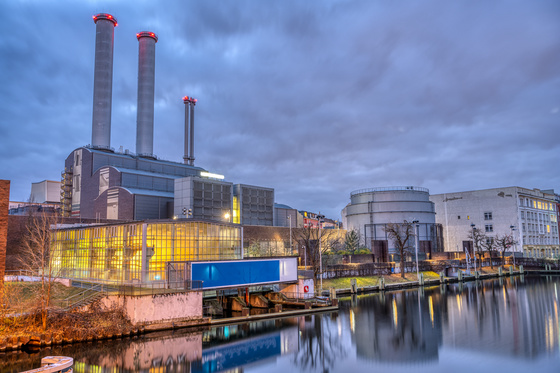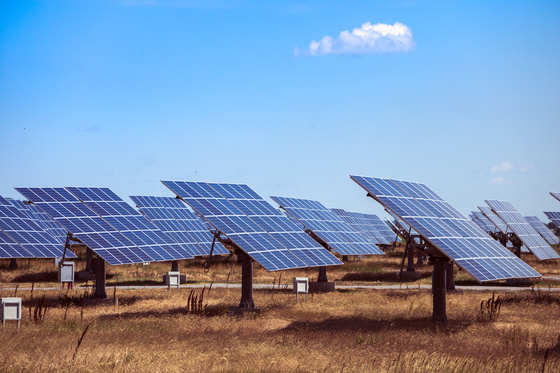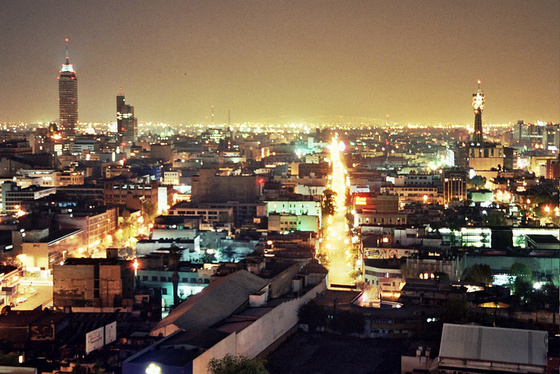What would happen if everyone in the world turned on their lights at the same time?

Since Thomas Edison invented the practical incandescent light bulb in 1879, the light that illuminated human life has changed from fire to electricity. Harold Wallace, curator of the Electrical Collection at the Smithsonian Institution's National Museum of American History, explains what would happen if everyone in the world turned on their lights at the same time.
If everyone in the world turned on the lights at the same time, what would happen?
If everyone around the world were to switch on their lights at the same time, the first thing we would expect would be a sudden increase in electricity demand.
Electricity is generated at power plants that use a variety of fuels, including oil and natural gas, nuclear power, hydroelectric power, wind power, and solar power, and is supplied to homes and businesses through a transmission and distribution network known as the 'power grid.' To maintain a stable power system, the amount of power consumed and the amount of power generated—that is, supply and demand—must always be balanced. When someone turns on a light, that amount of power is drawn from the power grid, and an equal amount of power must be instantly supplied by a generator. If this balance is disrupted even for a few seconds, it can cause a blackout.

Total demand for electricity (load) fluctuates significantly depending on the time of day and the season. For example, looking at the 2019 electricity demand data for the United States shown in the document, there is a clear pattern to electricity usage. Seasonally, demand peaks in the summer when demand for air conditioning increases and in the winter when demand for heating increases, with demand relatively calming in the spring and fall. On a weekly basis, demand also tends to drop on weekends when many companies and factories are closed.
Power plants must respond to such sudden increases in demand by quickly increasing their output, but the speed at which they can do so varies depending on the power generation method. Coal-fired and nuclear power plants can supply large amounts of electricity stably, but they are not good at responding quickly to changes in demand, and once they are shut down, it takes hours to get them back online. On the other hand, natural gas-fired power plants can adjust their output relatively quickly, so they play an important role in making up for demand during times when electricity demand is highest, such as hot summer afternoons.
Renewable energy sources like solar and wind power have the advantage of being less polluting, but because the wind doesn't always blow with the same strength and it's not always sunny, their output can't be easily controlled. Therefore, power grid managers use large-scale battery storage systems to stabilize the flow of power.

However, with current technology, it is still difficult to create a battery system that can store enough electricity to power an entire town or city due to cost and capacity constraints. One power company, for example, estimates that by combining three large-scale battery systems, it would be possible to supply electricity to a maximum of 400,000 homes.
Even if a global power outage were to occur, it's unlikely that the entire system would shut down catastrophically. One reason for this is that the world doesn't have a single, unified power grid; most countries have one or more independent power grids within their borders. Power grids in neighboring countries, like the United States and Canada, are interconnected and can share power, but can be quickly disconnected in an emergency. Therefore, even if a problem occurs in one region, it's unlikely to have a knock-on effect on the global power grid.
Another reason is the widespread adoption of energy-efficient LED light bulbs. Unlike traditional bulb designs, LEDs produce a lot of light using very little power. According to the U.S. Department of Energy, using LED light bulbs can save the average household approximately $225 (approximately 33,000 yen) per year on their electricity bill. As of 2020, nearly half of American homes use LEDs for most or all of their lighting, significantly reducing the strain on the overall power grid.
Beyond the power supply considerations, the environmental impact of such a large amount of light is also important. If the world were to be lit simultaneously, it would dramatically increase a phenomenon known as 'skyglow.' This occurs when light from lamps reflects off haze and dust particles in the atmosphere, creating a dim glow across the night sky. This makes cities and highways bright enough to be seen from space, while obscuring stars from the ground.

by Fernando Tomás
Skyglow can affect our health, disrupting the body's natural sleep-wake cycle and negatively impacting ecosystems by disorienting nocturnal wildlife such as insects, birds and sea turtles.
Wallace concluded: 'If everyone in the world turned on their lights at the same time, we might use a little more electricity, but the night sky would be brighter and we wouldn't see the stars. It's not a very appealing sight.'
Related Posts:
in Science, Posted by log1i_yk







